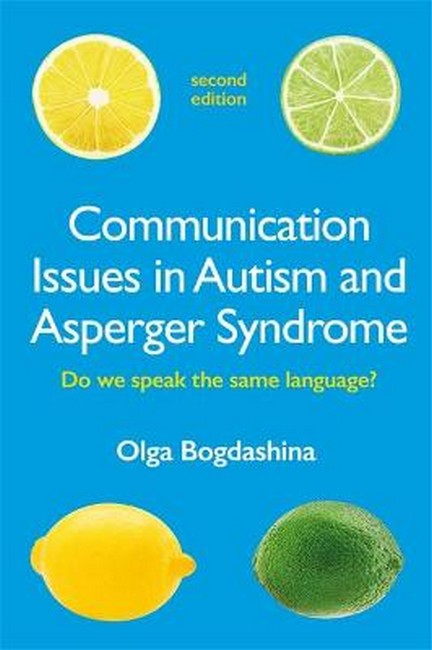Description
Introduction Part 1: Definitions, Theories and Hypotheses 1. Communication - Language - Speech 2. Language Acquisition - The Theories 3. The Role of Non-Linguistic Factors in Language and Communication Development 4. From Sensations to Concepts - Via Different Routes 5. Qualitative Differences in Experiencing Sensations/ Receiving Information 6. Perceptual Styles 7. Cognitive Styles 8. What Language Are They Speaking? Part 2: Language Characteristics, Learning Styles and Development in Autism 9. Language Learning Styles 10. Speech and Language Development in Non-Autistic and Autistic Children 11. Impairments of Social Communication and Language Peculiarities Specific to Autism 12. Fluent Speakers - So What's the Problem? Part 3: Key Strategies to Enhance Communication in Autism 13. Communication/Language Assessment Strategies - Communication Profile 14. Communication Environment and Interaction Styles 15. Selecting Communication Systems 16. Talking Communication
Professor Olga Bogdashina, MA, PhD, DEd, CO-founder of and Programme Leader (Autism courses) at the International Autism Institute, KSPU and co-founder of the International Consortium of Autism Institutes. She has worked extensively in the field of autism as a teacher, lecturer and researcher, with a particular interest in sensory-perceptual, cognitive and communication problems. She is a Visiting Professor in Autism Studies at universities around the world, develops university (Autism Study) courses and training programmes for professionals and parents, presents at national and international autism conferences and is an autism consultant for services for children and adults. Olga has an adult son with autism and lives in Yorkshire, UK.

